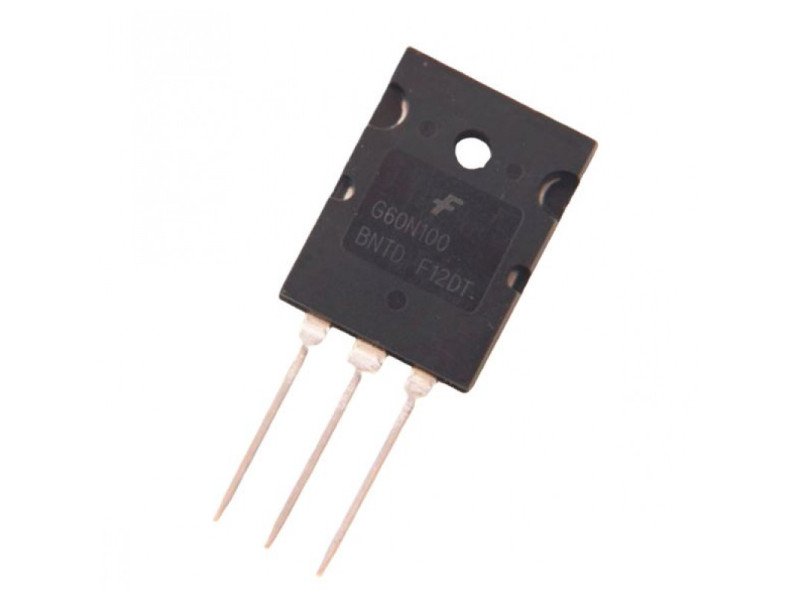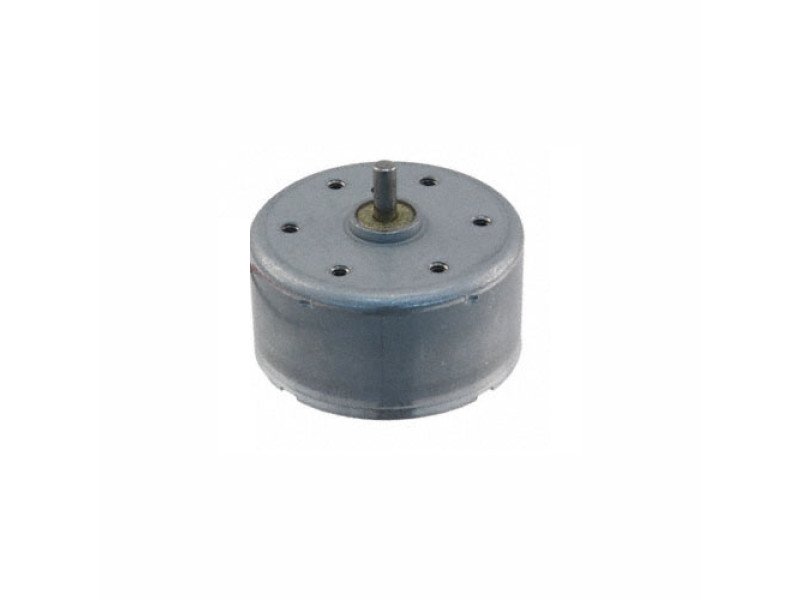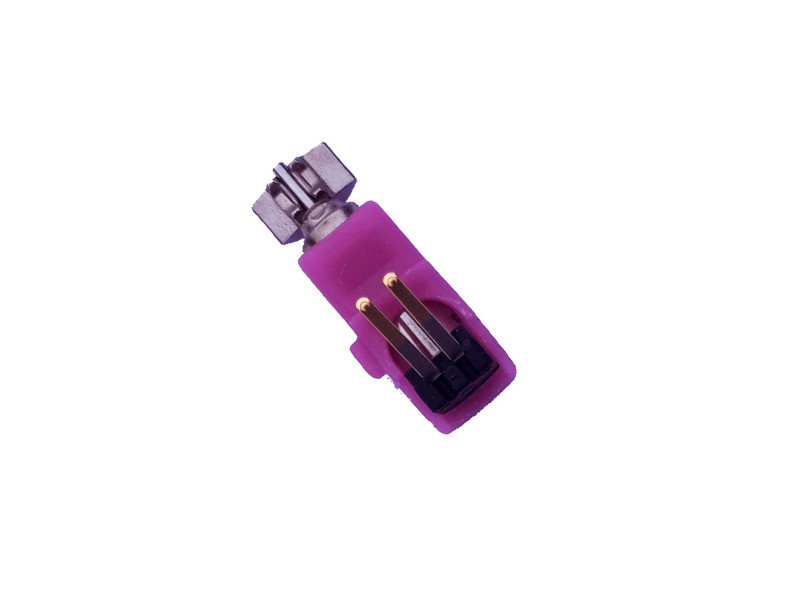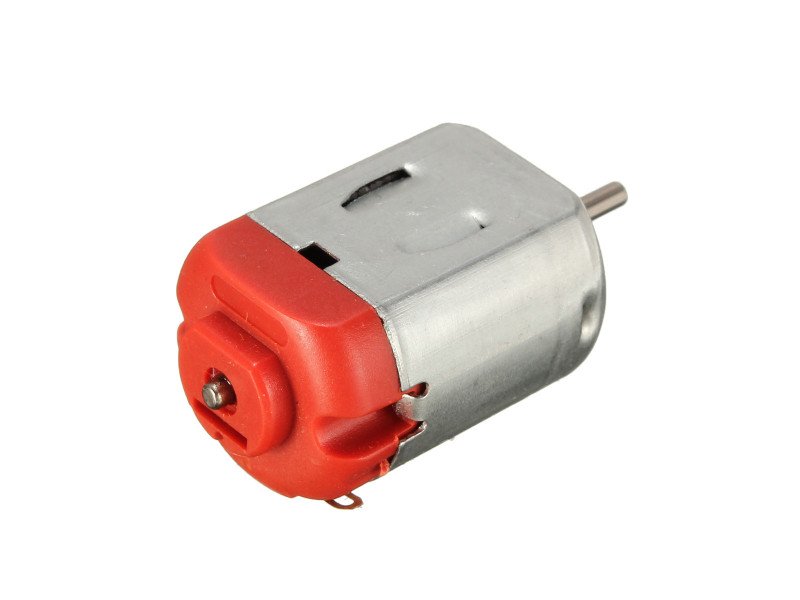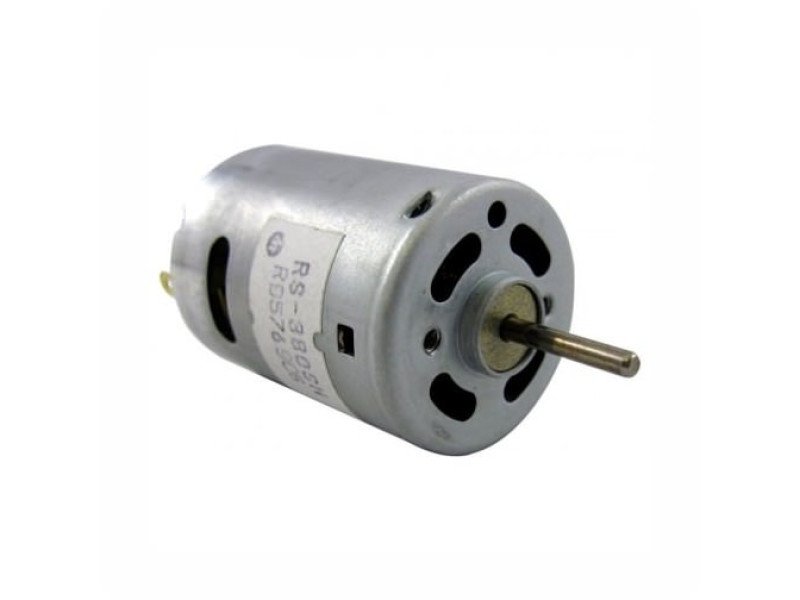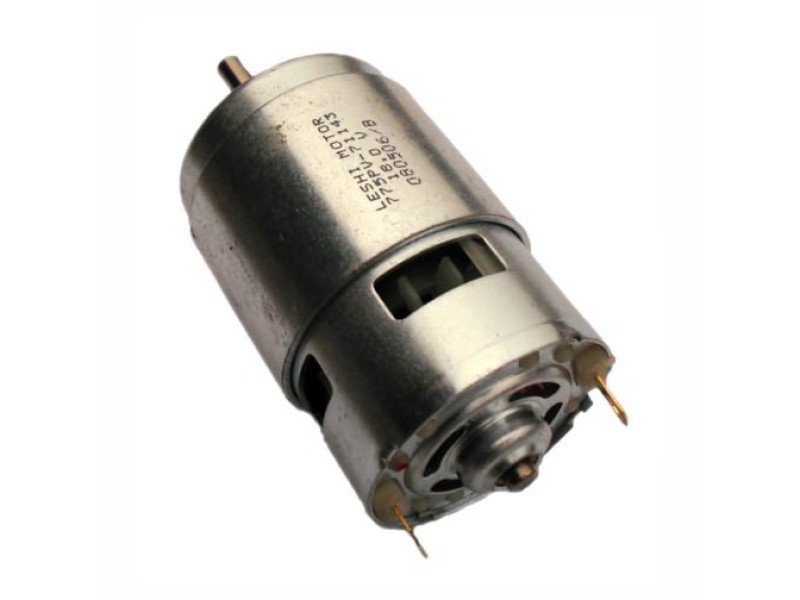Long Shaft DC Motor
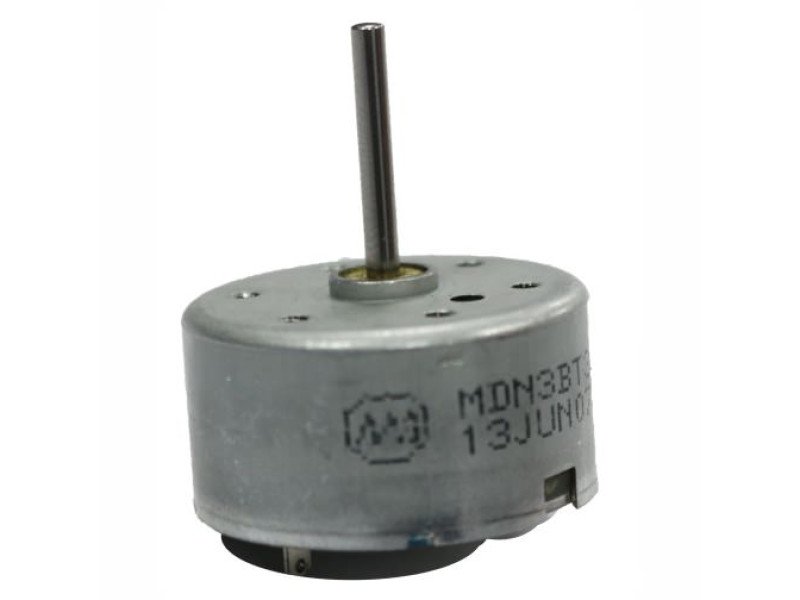
Long Shaft DC Motor
- Stock: In Stock
- Brand: Generic
- SKU: RM000790
Product Highlights
- Operating voltage: 1.5V~6V
- No Load Speed: 1800 0 RPM
- No Load Current: 45mA
- Rated Torque: 2g/cm
- High torque high power and stable performance, cost- effective
- Good heat emission
- Polyamide end cover
A Long Shaft DC motor is a mechanically commutated electric motor powered from direct current (DC). The stator is stationary in space by definition and therefore its current. The current in the rotor is switched by the commutator to also be stationary in space. This is how the relative angle between the stator and rotor magnetic flux is maintained near 90 degrees, which generates the maximum torque.
Construction
DC motors consist of one set of coils, called armature winding, inside another set of coils or a set of permanent magnets, called the stator. Applying a voltage to the coils produces a torque in the armature, resulting in motion.
Stator
1. The stator is the stationary outside part of a motor.
2. The stator of a permanent magnet dc motor is composed of two or more permanent magnet pole pieces.
3. The magnetic field can alternatively be created by an electromagnet. In this case, a DC coil (field winding) is wound around a magnetic material that forms part of the stator.
4. The rotor is the inner part which rotates.
5. The rotor is composed of windings (called armature windings) which are connected to the external circuit through a mechanical commutator.
6. Both stator and rotor are made of ferromagnetic materials. The two are separated by air-gap.Winding.A winding is made up of series or parallel connection of coils.
7. Armature winding - The winding through which the voltage is applied or induced.
8. Field winding - The winding through which a current is passed to produce flux (for the electromagnet)
9. Windings are usually made of copper.
10. Armature winding - The winding through which the voltage is applied or induced.
11. Field winding - The winding through which a current is passed to produce flux (for the electromagnet)
12. Windings are usually made of copper.
Principle of operation
Consider a coil in a magnetic field of flux density B. When the two ends of the coil areconnected across a DC voltage source, current I flows through it. A force is exerted on the coil as a result of the interaction of magnetic field and electric current. The force on the two sides of the coil is such that the coil starts to move in the direction of forceIn an actual DC motor, several such coils are wound on the rotor, all of which experience force,resulting in rotation. The greater the current in the wire, or the greater the magnetic field, the faster the wire moves because of the greater force created.At the same time this torque is being produced, the conductors are moving in a magnetic field. At different positions, the flux linked with it changes, which causes an emf to be induced.
This voltage is in opposition to the voltage that causes current flow through the conductor and isreferred to as a counter-voltage or back emf.
₹ 383.50 (Inc GST)
₹ 76.70 (Inc GST)
₹ 57.82 (Inc GST)
₹ 35.40 (Inc GST)
₹ 212.40 (Inc GST)
₹ 1,003.00 (Inc GST)
